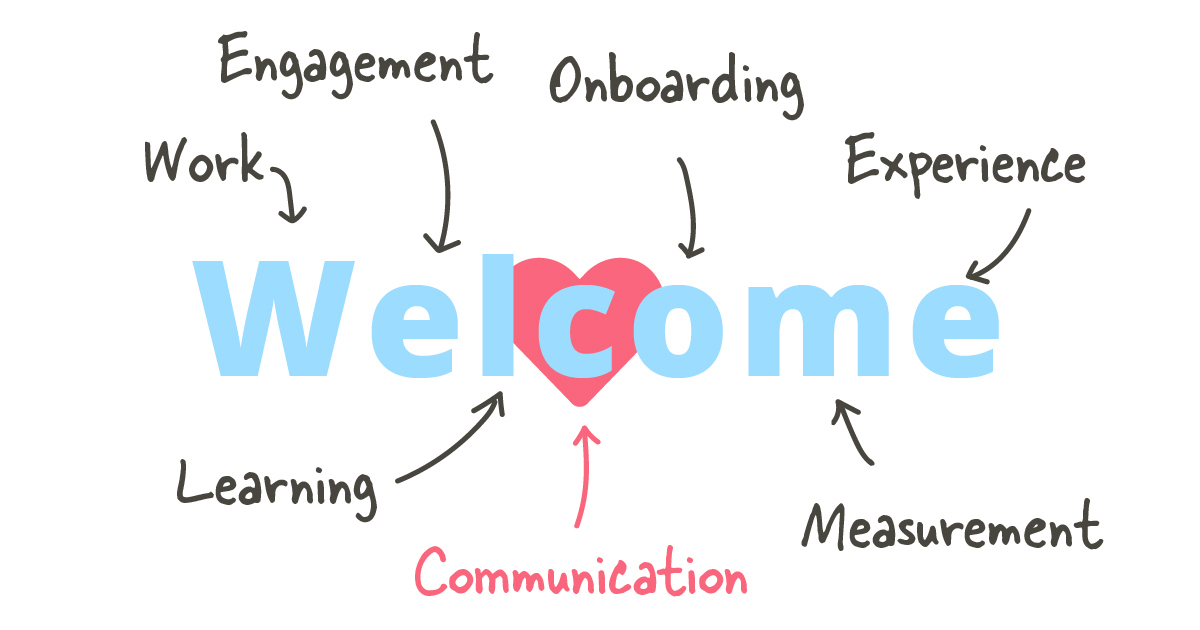International remote work strategist Laurel Farrer knows a thing or two about how to improve the employee experience for remote workers. She advises global organizations on how to start, strengthen, and leverage their virtual workforces and is therefore the perfect person to share the dos and don'ts!
As the president of the Remote Work Association and CEO of Distribute Consulting, she focuses on helping companies to ensure their remote work policies are optimized and sustainable.
In fact, she even believes many companies are already seeing the benefits of remote work. These include employee retention, saved recruiting and retention costs, productivity benefits, and overall profitability. Farrer is now seeing many companies and employees alike adopting remote work long-term.
We sat down with her to find out how companies can adapt to their new role as virtual team leaders.
Why should companies focus on enhancing the employee experience during this new era of remote work?
Laurel Farrer: Enhancing employee experience is absolutely critical because that’s how we preserve the engagement of a remote workforce. Everybody’s very worried about, “Am I going to become isolated as a remote worker?”
Employee engagement is how we prevent that. Professional isolation is more informational than it is social. So, if we keep people really connected to the culture, to each other, and connected to the resources that they need, they will continue to do their job well.
How can companies keep communications and engagement going with their newly remote employees?
Laurel Farrer: It's all about channels, training, and policies.
First, it’s critical to unify your communications into a single channel. That makes it easier for them to find answers and each other. Too many tools clutter our workflows and blocks productivity. Limiting our teams to one or two (max) channels ensures unity and accessibility.
After that, focus on up-skilling staff with a priority on emotional intelligence. Really encourage soft skills that allow for a human-to-human connection. We might use digital tools, but our conversations are still with people. That's why digital tools should be used to facilitate transparency, trust, empathy, and critical thinking.
Finally, set expectations. The biggest killer of remote work is misaligned (and unspoken) assumptions. Remote work isn’t one-size-fits-all, so companies need to articulate exactly what it looks like as part of their culture and workflows. The best way to do this is with a comprehensive remote work policy (Farrer offers a free policy checklist on the Distribute Consulting website).
Make sure that you clearly say what your expectations are, such as: “We expect you to be online during this time and this time. This meeting is required, but this one isn’t. We anticipate that your kids are going to be home, but if we’re on a call with a client, make sure that your background is as quiet as possible. Internal calls are fine to be interrupted by family.”
As companies were forced to rapidly adopt remote working, what might they have missed? What should they be doing now?
Laurel Farrer: Allowing remote work and truly adopting remote work are two very different things. Anybody can send a worker home with a laptop and say, “You are now allowed to work from home,” but that’s not legal or sustainable.
Unfortunately, it’s what most of the companies did in reaction to Covid-19, and now they think they’re remote. But that’s not a true change management process; that’s just a permission.
So, what businesses need to be doing now is really considering a change management process and identifying how to make this successful, sustainable, and comprehensive.
At Distribute Consulting, our process includes risk identification, resource creation, workforce training, and financial benefit calculations. Going remote is not just about changing the location of work, but really enhancing and optimizing remote work as a business management strategy.
What type of communication should companies be focusing on to help improve the employee experience for remote workers?
Laurel Farrer: To prevent isolation, virtual communication needs to be frequent, transparent, and consistent. About 55% of communication is nonverbal, but in a virtual work-space, we don’t have context, environmental cues, or body language.
This means that we have to supplement our verbal communication with even more verbal communication by sharing more than we’re used to — more quantity and more quality.
At first, building this habit can feel awkward or vulnerable, but you’ll be surprised at how lost you feel without it. I always say that in remote work, over-communication is just communication.
How can/should companies use digital tech to encourage employee engagement?
Telework has existed since the 1970’s, so it certainly can be successful without modern technology. However, it helps. A lot. Project management software, feedback and engagement tools, and video conferencing give us visibility into our workforce’s productivity, moods, and ideas without physical supervision.
But, whenever I discuss tech, I always include the reminder that these are just tools and cannot replace effective leadership.
Software can measure productivity, but not motivate it. Don’t depend on tech to do your job for you, leverage it to do your job better."
Laurel Farrer, President of the Remote Work Association and CEO of Distribute Consulting
Post-Covid, many are suggesting that businesses will see a greater adoption of remote-first policies. What’s your view on that?
Laurel Farrer: As a result of Covid-19, we've seen very rapid transition and adoption of remote-work elements. In fact, the most recent studies suggest enterprises will consider keeping 20% to 40% of their employees remote permanently. That was a faster adoption than we anticipated.
This doesn’t mean that every single company is going to go fully distributed overnight, but that they’re going to adapt to new workflows and habits that make distributed work successful, like asynchronous communication and results-based productivity tracking.
A critical takeaway of remote work is that, if you have a remote team member, you are a remote team. So, if you’re managing a remote team member in any way, you can’t manage a physical member in a different way.
You have to update your entire management style and operational workflow in order to accommodate a distributed workforce. The short answer is that remote work is the future of business, not of certain people.
Staffbase has built all the tools you'll need to improve the employee experience for remote workers. Contact us today to find out how we can help you create the best employee experience for your teams!





